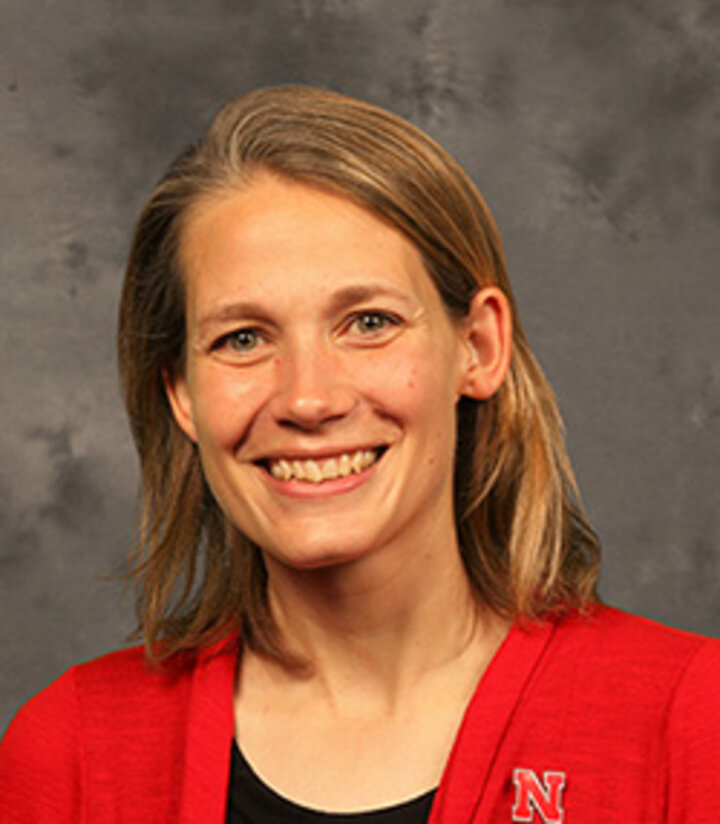The Soil Health Exchange is a new online forum from CropWatch, designed to give producers and ag industry stakeholders the opportunity to speak directly to experts about their questions and concerns regarding soil health topics.
Below, our team of soil health specialists address recent questions from the public.
Question:
"Fall 2022 fires in Saline County seem to be negatively impacting irrigated corn yields in at least one field. Corn yield was 70 bu/ac less based on the yield monitor between fall 2022 burned and unburned areas in the field. Farmer doesn’t think nitrogen, sulfur or soil moisture was likely a yield-limiting factor, given his irrigation management and spring fertilizer program. Any potential soil health factors that could be impacting yield?"
Answers:
Residue burning is not advisable in general. Strip till or reduced till or some residue baling can be options to manage large amounts of residues if cover crops and rotations under no-till do not help at all with residue mineralization. Simply adding inorganic fertilizer and water may not address all the issues with burning. Burning residues removes N, P, S, K, and other nutrients, and often increases soil pH (acidic soil may benefit). It also adversely affects soil biological activity and community, which are needed for nitrification. It can eliminate/reduce beneficial insects and soil organisms that contribute to nutrient cycling. Residues reduce evaporation and conserve soil water 24/7 unlike intermittent irrigation. These may be some of the reasons why the field with residues burned may be yielding lower. It would be great to run some soil health tests (rapid tests) between the burned and unburned fields.
Fire induces water repellency to soil, an immediate effect. I tested soil water repellency in fire-affected cropland soils as compared to non-fire affected soils a few years ago using the water drop penetration method. Differences can be large enough to reduce rain or irrigation infiltration in fire-affected soils.
— Humberto Blanco, Department of Agronomy and Horticulture
In Nuckolls County, the 2023 corn in the 2022 wildfire areas were not harvested due to the drought (non-irrigated fields in that area as there’s no access to water) — they were two feet tall or less with nubbin or no ears. Most everyone attempted to seed rye after the wildfires just to get some groundcover. Where winds blew the soil and the rye seed away, the corn grew better. Where the rye established (spindly and terrible stand), there was no corn at all, or it was only a few inches tall. However, the rye did help hold the soil in place. I realize the situation is an irrigated field; still, perhaps increased evaporative losses from the lack of residue may have also impacted entire soil moisture profile? We also observed the soil appeared hydrophobic — it took several small rains until the soil started allowing rain to infiltrate after the fires. I don’t know the soil health impacts, but this CropWatch article on basic nutrients may be helpful.
— Jenny Rees, Nebraska Extension
As some know, northeast Nebraska was also affected with fire. I did contact some of the farmers affected and received a response from one. The response was that irrigated soybean from burned field had a yield penalty of 8 bu/ac compared to irrigated soybean from unburned field.
— Mitiku Mamo, Nebraska Extension
See more Soil Health Exchange
Soil Health Exchange Team At A Glance
Experts for this week's forum:

Humberto Blanco
Professor of Soil Science
UNL Department of Agronomy and Horticulture

Jenny Rees
Water and Cropping Systems Extension Educator
Nebraska Extension

Mitiku Mamo
Water and Cropping Systems Extension Educator
Nebraska Extension

